Power Ranking the Top 10 Riskiest Movie Monsters
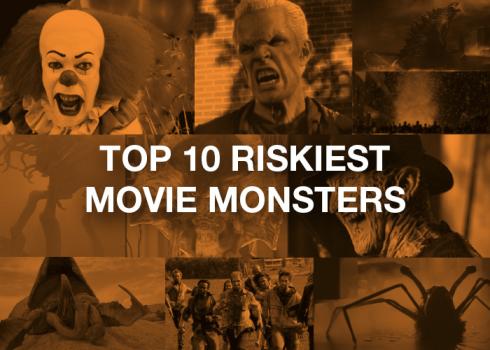
Good news! Monsters aren’t real. You can stop looking under your bed now.
But if they were, which ones would be the most dangerous? If you lived in a horrible, terrifying world in which these fictional monsters, killers and other bad guys all coexisted, which would be the toughest to fight against or prepare for?
Fortunately, there are professionals trained to analyze theoretical scenarios and prepare for the dangers involved — they’re called risk managers. Really, everyone in the insurance industry is skilled in preparing for the future, even one in which mythical ghouls roam the Earth.
So, naturally, we applied this thought process to creating a power ranking of the 10 riskiest monsters of all time. For a little expert insight, we got some help from Rick Gorvett, staff actuary at the Casualty Actuarial Society, and Scott Stransky, assistant vice president and principal scientist at catastrophe modeling firm AIR Worldwide. (Bonus: while sharknadoes didn’t make our list, here’s a brilliant piece by Scott on how you would prepare for one.)
A quick note about criteria:
- “Monsters” are defined as fictional, evil and nonhuman. While the killers in “Halloween,” “The Texas Chainsaw Massacre” and the “Saw” movies are all obviously monstrous, we wouldn’t consider them monsters in the common sense. We included only creatures that don’t exist in the real world.
- Real-world risk management tools need to apply. To ensure apples-to-apples comparisons, we unfortunately had to exclude all movies and shows that don’t take place primarily in our world, such as the “Harry Potter,” “Star Wars” and “The Lord of the Rings” franchises. To estimate the risk posed by these monsters, they need to inhabit — and cause damage in — the world as we know it.
- The quality of the artwork is irrelevant. A lot of the monster rankings you’ll find are based on the quality or “classic-ness” of the films. As much as possible, we ignored artistic merit and focused only on the attributes that would make the monsters dangerous.
After narrowing down the pool of fictional monsters based on those criteria, we analyzed each monster’s level of risk using these three main categories, based on standard insurance concepts:
- Severity. Some monsters are destructive but not intrinsically evil. You could argue that some creatures, like King Kong, were only aggressive because they were provoked, while others, like the demons from “The Evil Dead” franchise, are driven to wantonly cause death and destruction. The more malicious the monster, the more severe the risk.
- Frequency. Many of the most classic monsters are surprisingly vulnerable. The Blob, for instance, is defeated by using standard-issue fire extinguishers. Similarly, gremlins can be killed by exposure to not just sunlight but any bright light, such as a camera flash. Other monsters, meanwhile, can withstand almost any attack or elude it entirely. The harder the monster is to stop, the more frequent the risk.
- Exposure. There’s a pretty easy way to manage the risk of a haunted house — don’t go in that house. This means that many of the scariest monsters, from the ghosts in “American Horror Story” and “Paranormal Activity” to the possessive demons of “The Exorcist” and “Insidious,” wouldn’t actually be that much of a risk because they only endanger a very small number of people or a limited area. The larger the swath of civilization that could be harmed, the higher the exposure.
Based on those criteria, here’s our ranking of the 10 riskiest monsters of all time.
Warning: lots of spoilers from here on out!
10. "It"

If this were a list based purely on the ability to induce nightmares, It would almost surely be at the top. It — the antagonist of a horror novel by Stephen King and the television miniseries and upcoming film based on it — is an interdimensional, telepathic, predatory life-form that primarily takes the shape of a super creepy clown named Pennywise. Why a killer clown? Because that’s what its victims most fear.
While extremely traumatizing and life-threatening to those it targets, It fortunately wouldn’t pose a major risk to humanity as a whole. It apparently only attacks residents of the small town of Derry, Maine, and only once every 27 years. And It can be fairly easily killed once its original form is tracked down. It makes the top 10 because its severity if unleashed upon society at large would be catastrophic, but It is at the end of the list because its exposure is limited. (Yes, we just used the word “it” more than a dozen times.)
9. Freddy Krueger
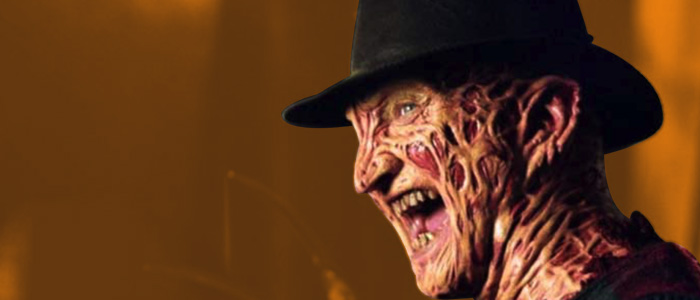
Everyone needs to sleep. That makes everyone vulnerable to Freddy Krueger risk.
The demonic serial killer from the “A Nightmare on Elm Street” franchise, Freddy attacks and kills people in their dreams, which causes their death in real life. He victimizes people when they’re most defenseless, and he’s apparently immune to most forms of risk control. In fact, it’s never clear whether he can really be killed at all.
From a severity and frequency standpoint, Freddy represents one of the greatest risks imaginable — a dream-based killer. Motivated by nothing more than pure sadism, and apparently invincible, the only thing keeping him from topping this list is that he is primarily restricted to haunting folks in the small town of Springwood, Ohio. Similar to It, Freddy poses almost incalculable potential risk, thus beating out many other monsters to make this list, but the threat is limited by his geographical restrictions.
8. “Tremors” monsters, a.k.a. graboids
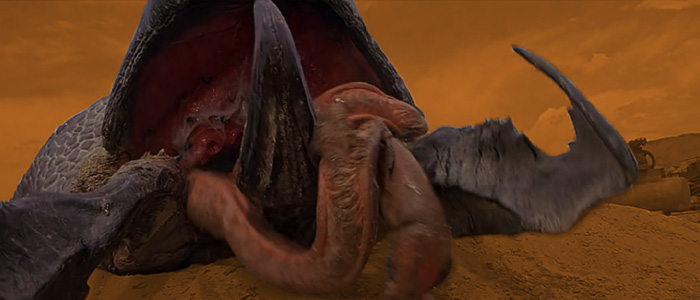
Imagine if the shark from “Jaws” could travel underground. That’s what you’re facing with the monsters from the 1990 movie “Tremors.”
Called graboids, these giant subterranean worms travel through rock and soil, surfacing to swallow people, bury cars and even collapse entire buildings. They seem to live only in the desert, presumably because it’s easier to travel through sand. In later straight-to-DVD sequels, we learn that they eventually mature into aboveground creatures, but the underground form is more common.
The fact that they live underground and go largely undetected makes graboids tough to kill—you basically need to trick them into tunneling off a cliff or lure them into eating dynamite. They are also highly aggressive, going after anything that causes vibration above. As mentioned, graboids are generally limited to sandy environments, and while there are some major cities located in or near deserts, graboids don’t pose as much of a risk to the most highly populated areas, which is a good thing for large cities with extensive subway and sewer networks!
7. Vampires

The vampire is the only classic Hollywood monster to make this list. We strongly considered werewolves, but ultimately, it seemed rather easy to control them — simply lock them up before the full moon. Vampires, however, pose a risk every day of the year.
We didn’t pick one particular portrayal of vampires, because whether you’re talking about Bram Stoker’s “Dracula,” HBO’s “True Blood,” or even the “Twilight” movies, the risk stays more or less consistent — they are immortal, seductive and inherently driven to suck your blood.
Vampires have taken many forms in their countless movie and TV appearances. Many of them have the ability to transform into bats, move at superhuman speed or even fly, greatly extending the geographical range they threaten. However, they also have a wide range of weaknesses, usually including crucifixes, garlic and sunlight. In some cases, they cannot even enter a home without being invited in, so there are a number of straightforward ways to control for vampire risk.
What makes vampires a particularly hard risk to analyze is an even deeper question: What’s wrong with being turned into a vampire? In a sense, vampires don’t always actually kill you—they may just turn you into a vampire, which would extend your lifespan indefinitely and grant you many supernatural abilities. If anyone has a compelling answer to this question, please share in the comments! That would certainly help us better understand how to rate vampire risk.
Stransky believes that vampire risk is something especially suited to computer modeling. We would assume that vampires tend to congregate in areas that see less sunshine per year than others — for example, the Pacific Northwest, which the “Twilight” vampires call home, or cities that experience polar night, as in “30 Days of Night.” Using modeling and historical weather data, we can predict when and where vampire activity would increase. However, as with any peril, we also need to be aware of potential black swans, i.e., unexpected risks, such as the vampires in “Buffy the Vampire Slayer,” who call sunny California their home.
6. "The Thing"

What The Thing lacks in naming creativity it makes up for in bizarreness.
This extremely gross extraterrestrial from the 1982 sci-fi thriller often ranks near the top of many best-monsters lists because of its surreal ability to assimilate and imitate its victims, shapeshifting into a variety of terrifying, uh, things. Its otherworldly adaptability makes The Thing extremely difficult to kill, and by the end of the film, we’re not even sure whether it’s been stopped or just changed forms yet again.
The Thing is a highly aggressive parasite found in Antarctica, and its morphing ability makes it a tough risk to control. One character even hypothesizes that if it reached civilization, it would take only a few years to assimilate all life on Earth. If The Thing were ever to escape the ill-equipped research base where it was first found, we can only hope that whatever city it reaches would have the resources to contain and isolate it, limiting society’s overall risk exposure.
5. The Ancient Enemy from “Phantoms”
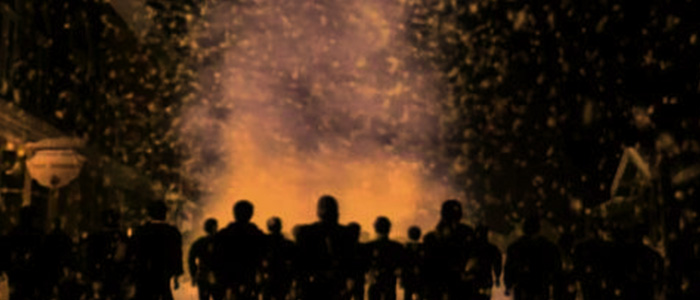
The 1998 movie “Phantoms” is probably the least-known film on this list, but it presents a pretty formidable monster known as the Ancient Enemy, which we learn is an amoebic life-form that kills, absorbs and imitates its victims. Similar to The Thing, the Ancient Enemy also has the ability to use infected hosts, called phantoms, to attack.
It’s theorized in the movie that the Ancient Enemy was responsible for destroying several civilizations in the past, including the Mayan civilization and the Roanoke Island colony. Because it’s organic, it can be killed, but because it can take other forms to avoid detection, it’s difficult to be sure whether it’s been killed. Considering its past track record and its ability to avoid eradication, the Ancient Enemy is a little-known but major risk.
4. “28 Days Later” and “World War Z” zombies
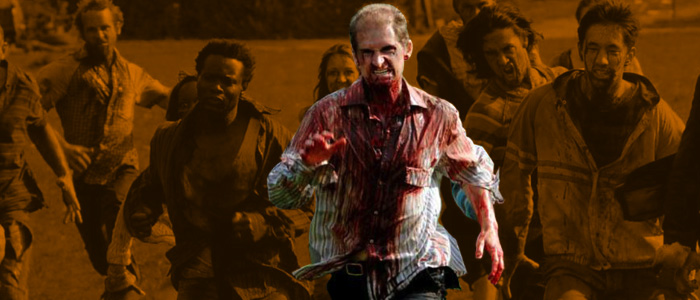
Conventional zombies are slower than molasses. It’s always been unclear to us how creatures that can barely limp along manage to overwhelm professional militaries. But that is certainly not the case in movies like “28 Days Later” and “World War Z,” where the disease-stricken victims sprint at high speed toward their prey.
An outbreak of the type from either movie would constitute a risk that no natural disease could rival. The fact that the infected actively seek to infect others means that society would need an unprecedented level of response readiness to handle this kind of infection.
With these zombies, risk severity is as high as it gets, and without a fast response, the exposure can increase exponentially. Granted, these aren’t typical zombies, which can withstand just about any attack except for a direct blow to the head (think “The Walking Dead”). As we see in “28 Days Later,” simply isolating large groups of zombies until they starve can do the trick, although that’s probably easier said than done.
Zombie attacks are also well suited to catastrophe models. AIR has already developed models for several pandemic diseases, including influenza, Ebola and bubonic plague, and it performed the risk modeling for the World Bank’s Pandemic Emergency Facility. One can imagine that if there were a zombie outbreak in the future, world governments would quickly apply similar modeling to this emerging risk. They could then better deploy resources such as weapons to help stop the outbreak before it becomes worthy of a movie or TV series.
3. “The Mist” monsters
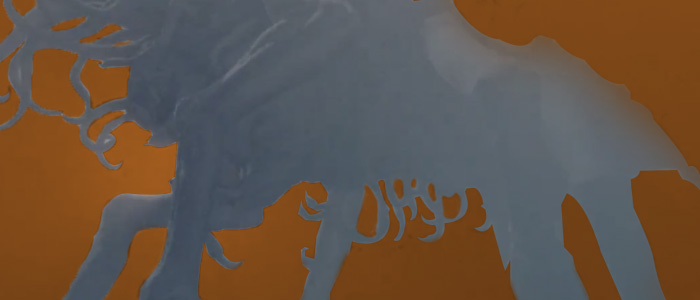
The 2007 movie version of Stephen King’s novella “The Mist” presents a horrifying prospect—a swarm of gigantic bug-like creatures shrouded in a dense fog that makes them practically invisible—until you’re snatched away by a giant tentacle.
Apparently the result of a government experiment that accidentally opened a portal into another dimension, the monsters from “The Mist” range from predatory pterodactyl-like monsters to huge spider-like beasts standing several stories tall. Because of the supernatural mist surrounding them, we never actually see how many of the beasts there are, but we’re lead to believe that they’re everywhere.
Fortunately, the military is able to get the situation under control, showing that the monsters can be stopped. As long as no other government agencies intend to open any more interdimensional gateways, we can hope that this risk would be restricted to this one geographical area.
2. Godzilla

It doesn’t hold the honorary title “King of the Monsters” for nothing.
Godzilla is the quintessential giant monster, first conceived as a metaphor for the nuclear bomb. From the original movie in 1954 through the latest iteration released in Japan just this year, Godzilla has been shown to be able to not only withstand immense firepower but also beat up on a slew of other monsters. Even among other colossal creatures that can level entire cities, Godzilla is the G.O.A.T.
The most obvious way to manage a Godzilla risk would be to move away from the coast, because the monster seems to spend most of its life in the deep ocean. It’s unclear what motivates it to surface at all. In some movies, it seems that Godzilla is simply bent on smashing Tokyo; in others, it appears to seek nourishment from nuclear facilities; and in some, Godzilla shows up just to fight off rival monsters. In any case, moving away from the ocean would certainly avoid the risk of being collateral damage in the monster’s path.
That being said, the military would almost certainly be more effective in real combat against Godzilla than it is as portrayed on the screen. And it’s ambiguous whether Godzilla is truly evil or just misunderstood. These factors led us to downgrade Godzilla as a risk, despite the longest resume of all the monsters on this list.
1. “Independence Day” aliens
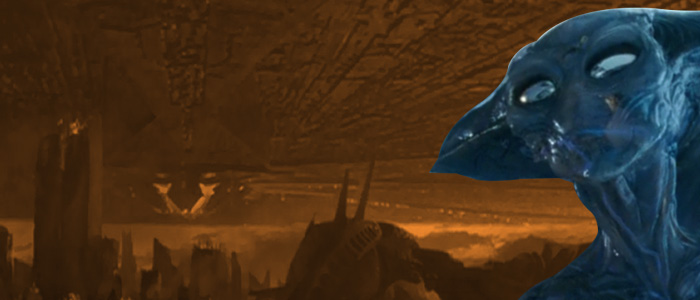
Let’s be honest — it was pure luck that the humans survived in the first “Independence Day.”
The alien invaders in the 1996 blockbuster dwarf all others in the genre, boasting a fleet of several dozen 15-mile-wide ships — surrounded by impenetrable force fields — that easily annihilates billions of people in mere moments. It was only through a series of extremely fortunate circumstances that we were able to take down their shields, and even then, it’s difficult to believe that the world’s militaries could have mustered enough air power to successfully take down all their ships.
That being said, this pick was controversial among our experts.
First, Gorvett made the case for the alien robot from “The Day the Earth Stood Still,” pointing out that its ability to wipe out the world in one fell swoop is as catastrophic as it gets. While there’s no doubt that that’s the greatest risk exposure, the fact that the aliens behind it seem to have the universe’s best interests in mind, it’s debatable how evil they are and, therefore, what the risk severity would be.
Second, Stransky points out that the force fields were disabled with a simple computer virus. Cyber risk has become a critical area for risk managers and insurance professionals today, and the “Independence Day aliens were one of the first victims of a cyber-attack. Had the aliens been studying and modeling their cyber risk properly, they might have recognized this vulnerability and been able to patch it before losing their fleet and the lives of those on board. But since their technology is millennia ahead of ours, it’s doubtful that the same trick would work twice.
Those are both great points, and really these types of highly aggressive, nearly invulnerable, and world-threatening aliens could easily make up most of this list: the aliens in movies like “Battle: Los Angeles” and even the comedy “Mars Attacks!” demonstrate the ability to completely wipe out civilization.
If we had to pick one, we’d name the aliens from “Independence Day” as the riskiest monsters Hollywood has ever mustered. We can hope that we’d spot them much sooner if they return and evacuate major cities much faster, but otherwise, there are few ways to manage a global risk of this severity.
Now, we can’t claim that we were able to analyze every fictional monster ever created. There are certainly some lesser-known movies, or movies that are more popular outside the U.S., that we couldn’t find in our research. We might have also missed some details.
